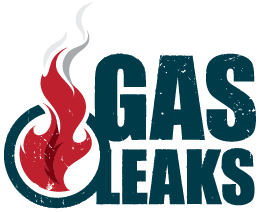
This week brought even more evidence that gas stoves are polluting the air inside 40 million US homes. Researchers at Stanford University measured emissions from gas and propane stoves and found concentrations of cancer-causing benzene on par with second-hand cigarette smoke. Alarmingly, elevated levels of pollution were measured even in bedrooms far away from the kitchen, and stayed elevated for hours after cooking.
This study adds to a growing scientific consensus about the health harms of gas stoves, and it comes amid a simmering debate in Congress about the federal government’s role in requiring stove manufacturers to reduce pollution from their products.
But less attention has been paid to the fact that the gas industry has known about the health harms of gas stoves for decades, while continuing to lobby against efforts to address the issue:
- «[G]as cooking does generate indoor air emissions of contaminants, including carbon monoxide, oxides of nitrogen, trace amounts of materials such as formaldehyde and so forth … But recognizing that, it’s not an issue that’s going to be easy to paper over, because… these products do have emissions,» – Ted Williams of the American Gas Association in 2020, according to reporting from NPR on the industry’s efforts to design a less-polluting version of stoves in the 1980s.
- “If we wait to promote natural gas stoves until we have scientific data that they are not causing any air quality issues, we’ll be done.” – Sue Kristjansson, current President of Berkshire Gas in 2021, according to reporting from Mother Jones.
- The American Gas Association commissioned a report in 1972 on ways to address indoor air pollution from their stoves “for the purposes of limiting the levels of carbon monoxide and nitrogen oxides in households” but scrubbed the final report of any mention of the health threats.
Unable to rebut the clear evidence that stoves produce pollution, the industry has fallen back on the claim that ventilation hoods address the problem. This ignores the fact that in most states, lax building codes allow pollution from stoves to be recirculated in the home, not vented outdoors. And studies have found that installing ventilation hoods aren’t very effective at reducing pollution levels — replacing them with electric induction stoves was by far the best approach.
Despite knowing full well about the health impacts, the industry has spent decades constantly calling gas “clean” in advertising and communications with the public. A growing coalition of advocates, including Gas Leaks, are asking the Federal Trade Commission to crack down on this kind of misleading advertising and ensure the public get a clearer picture of the health harms of gas.
There’s no real debate: burning methane gas produces pollution, whether it’s coming from an industrial smoke stack or from the stoves in our kitchens. The people who sell gas will even admit this in private, even if they continue to minimize the issue in public. We need to transition to cleaner, safer all-electric stoves and furnaces to protect the public from this under-recognized health threat.


